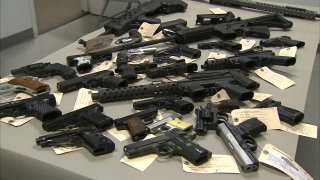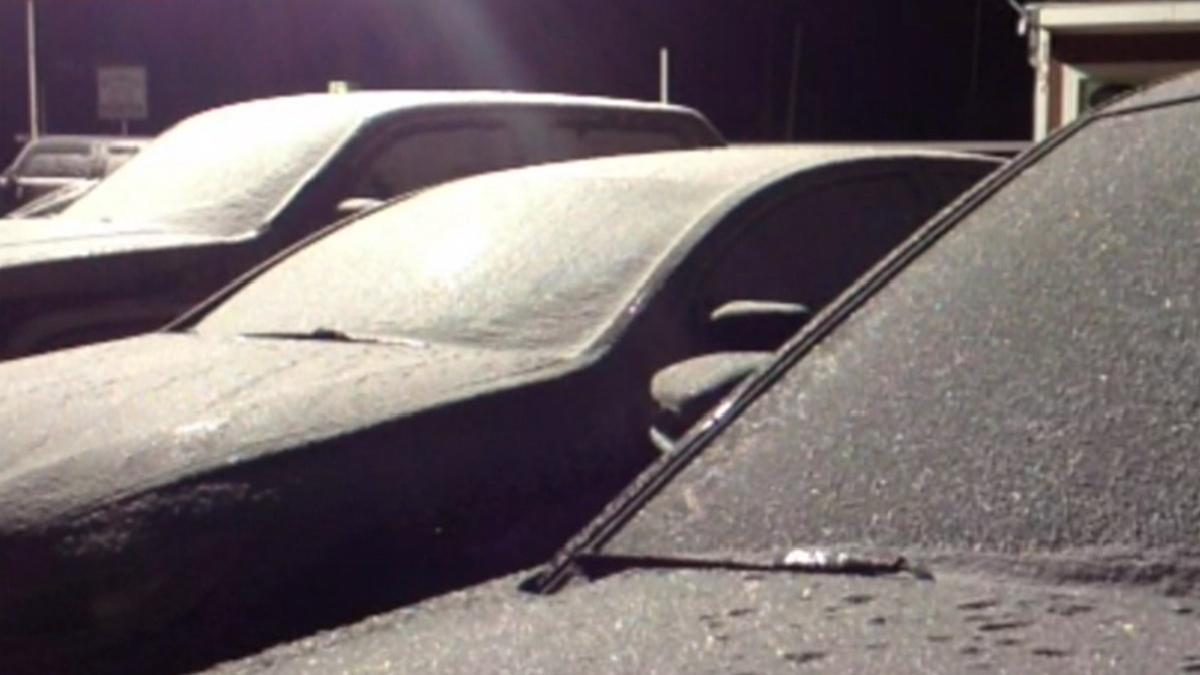
The Department of Justice and the Bureau of Alcohol, Tobacco, Firearms, and Explosives, have announced an aggressive new initiative in the battle against gun trafficking in Chicago and four other metropolitan areas across the United States.
Federal authorities say joint federal/local task forces will be established in Chicago, New York, Washington D.C., San Francisco/Sacramento and Los Angeles.
“The goal of this coordination effort is to disrupt the entire trafficking network from the place where guns originate, where they travel through other jurisdictions, to the places where they’re ultimately used to commit violent crime,” a senior Department of Justice official said. “This is not a short-term infusion of resources, rather it’s a long term, coordinated, multi-jurisdictional strategy to ensure that disrupting these trafficking patterns remains a priority as long as necessary.”
Local and federal authorities have long targeted the tracing of crime guns. Officials stressed that this initiative will focus on coordination between authorities in areas where the guns are purchased, and where they are ultimately used to commit crimes.
“That’s a new approach,” the official said. “And a new formalized sustained effort, focused on specific illegal firearms trafficking.”
Federal authorities say they have already stepped up coordination efforts with local law enforcement to combat gun crime which typically spikes during summer months. For example, the U.S. Marshal’s Service has been working with local police to conduct fugitive sweeps throughout the country. Since May, they said eight regional Task Forces have arrested more than 700 fugitives, 361 of whom were wanted for murder.
In addition, ATF agents or task force officers have embedded with 45 local homicide units to provide additional resources to those departments.
Local
An ATF official said the new trafficking initiative was designed to target “those who use firearms to commit violence---the shooters and trigger pullers, and those who armed them.”
But that official cautioned against visualizing the new initiative as the interception of massive loads of firearms or large groups of offenders.
Feeling out of the loop? We'll catch you up on the Chicago news you need to know. Sign up for the weekly Chicago Catch-Up newsletter.
“Occasionally we will see large recoveries,” he said. “But think less of tractor trailer loads of firearms, and think more of ants marching from one place to another in interstate and international firearms flow.”
Authorities said they did not anticipate additional agents, but rather “leveraging existing resources”.
There is no firearms trafficking statute, per se, so most gun trafficking crimes are related to offenses like lying on federal forms. That often means prosecutions can be difficult.
Because of that, the focus of trafficking investigations is the so-called “straw purchasers," who fill out the paperwork and buy guns for felons who would not otherwise be able to buy them, or larger, organized rings using multiple purchasers to funnel significant numbers of firearms into specific target markets.
The ATF official noted that it’s important not to lose sight of the single purchasers, making “one-off” buys of a few guns.
“A single gun in the hands of someone who should not have it can wreak havoc in a community,” he said.
Law enforcement authorities in Chicago have often pointed to other states like Indiana and Mississippi as primary source areas for guns recovered in the Chicagoland area. But that ATF official emphasized that across America, crime guns often originate close to home.
“In almost every case, the states themselves are their own greatest source of crime guns,” he said.



